True
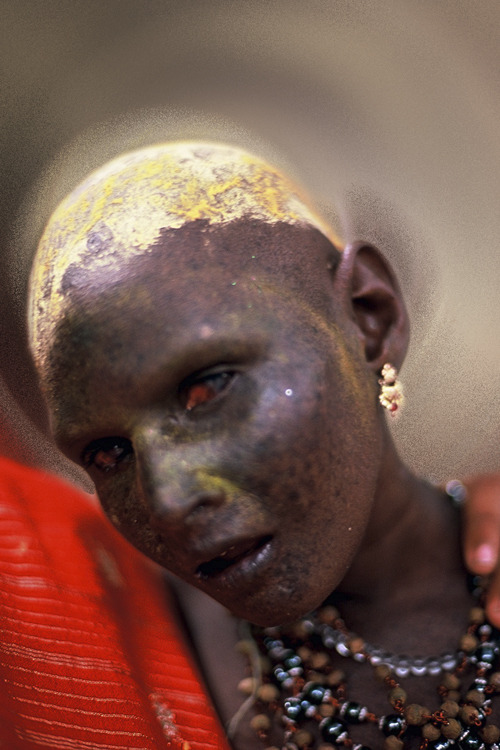
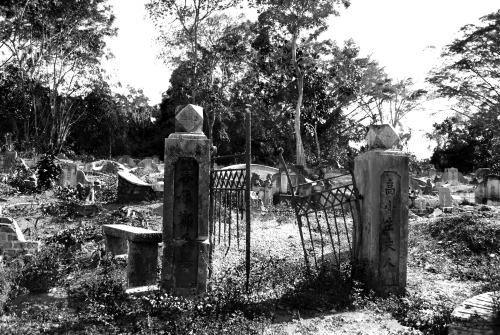
Bukit Brown cemetery, also called Coffee Hill or Kopi Sua, was the largest Chinese cemetery outside China. While the estate was officially established in the early 20th century, the oldest graves date back to the mid-19th century. The cemetery was named after a British trader, George Henry Brown, who arrived in Singapore in the 1840s. He acquired an area of land in the centre of the island, which he named Mount Pleasant.
Edited by Mauricio Rivera
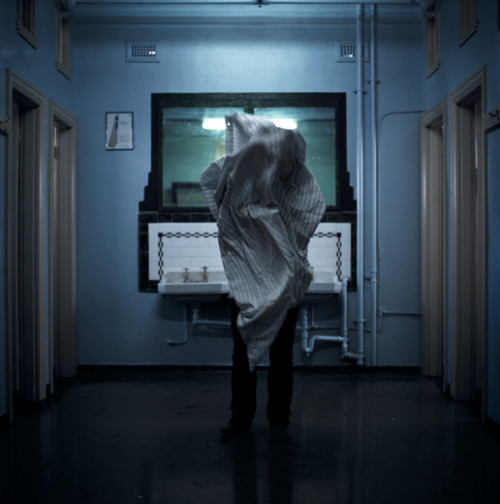
This article presents visual and audiovisual artworks created at the Gatwick Private Hotel by Jacqueline Felstead and myself (Mauricio Rivera). It also includes passages from the story Vanitas by Paige Townsend, inspired by Jacqueline’s photographic work at the Gatwick. The videos in this post were recorded as part of a series of short documentaries titled Sonnets from the Gatwick, which I produced, directed and edited between June and December 2009. They are complemented by an extract of the story Six Nights by the Sea, about a week I spent at the Gatwick in 2008.
‘Family resemblances are said to show us “a complicated network of similarities overlapping and criss-crossing: sometimes overall similarities, sometimes similarities of detail.”’ - Hans Sluga quoting Ludwig Wittgenstein’s Philosophical Investigations Aphorism 66.
Family Resemblance, after Wittgenstein is an evolving collection of photographs focused on notions of kinship, of descent, of resemblance, of similarity and the links between them. They present a non-linear photographic narrative of ideas that resonate and connect to the exploration of my mixed Chinese-Italian-Australian cultural heritage.
The quote is taken from Sluga, H (2006), Family Resemblance, in Deepening Our Understanding of Wittgenstein, Grazer philosophische Studien, p14.
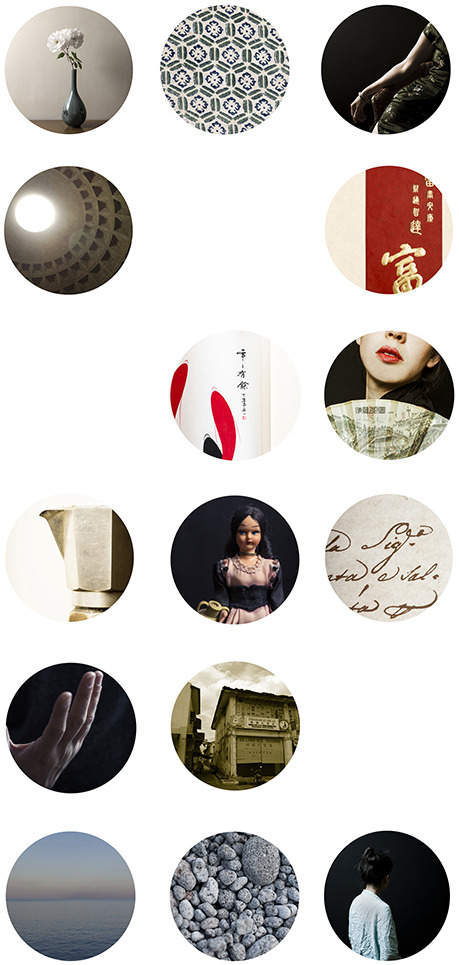
This is a visual journey of a road trip I did through Scotland at the start of this year.
Following the death of my grandmother at the start of 2016, I set out to Scotland to capture the Scottish landscape and uncover an unseen history: my personal family history.
Coming from a family of terrific storytellers, I grew up with a plethora of memories recreated for me from an early age.
Memories of my Grandmother’s heartache and trauma associated with leaving behind her home country, never to be seen again, for a future with a man she barely knew lingered in the narrative of her journey to, and in, Australia.
I always recognised the pain those early memories of abandonment inflicted; the sadness induced when my Grandmother was asked for more information about her past.
My past.
I ascertained I would have to experience this foreign side to my heritage that I had failed to truly acknowledge in the past.
Trekking across the Highlands and Isle of Skye, the scope of stillness and silence enveloped the landscape.
Besides an occasional cottage upon a hill or an abandoned petrol station, there was hardly any civilisation in sight.
I envisioned my family living upon this serene land and, in allowing myself the possibility of being lost, indeed found myself in the nostalgia of a past left behind for an unknown beginning.
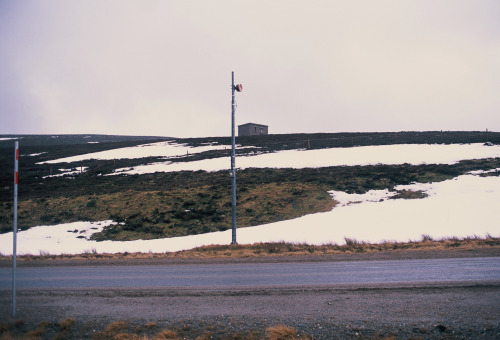

The neighbours weren’t going to fool them this time, 2016
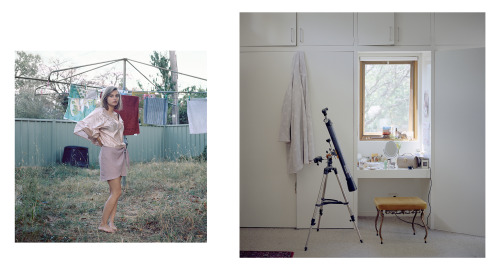
Not a metaphor for hopes and dreams, 2016
Claire Capel Stanley: In the past you’ve been interested in constructing identity through photography, and especially portraiture. In these recent works, you’re including so many other elements - beyond the portrait - in order to construct a narrative, and the text, which is so important to these works, is another element again. I’m wondering if you see these works as exploring more of the notion of identity as constructed and ever-changing?
‘Line of Fire’ refers to the line between what is perceived to be right and wrong in Australian culture.
My work plays on the uninformed, and often untrue, views expressed by those in the community who are intolerant of difference.
I use photography to explore the nature of discrimination, hope and despair.
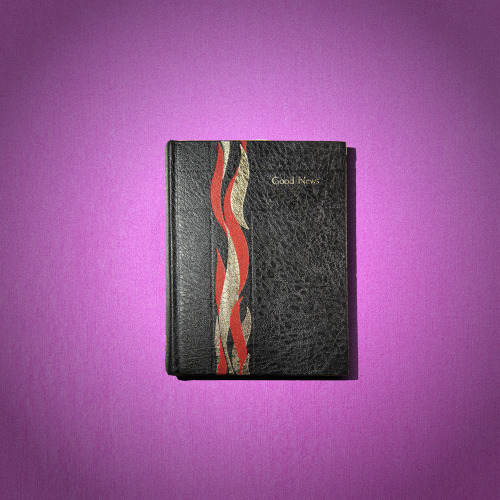

Photodust curator and editor Mauricio Rivera will be exhibiting samples of his visual artwork at the event: Amazon Wonderland: Electropical Party, part of the 2016 Melbourne Fringe Festival (Saturday the 17th of September, from 10pm).
‘Inspired by South American psychedelic tropical culture, this night will pay tribute to the largest rainforest on Earth. Electro beats; sonic moon, jungle underground creatures and optic illusion are rising for this night of Latin thunder. Brought to you by indisputable South American fiesta celebutante EL TARRO.’
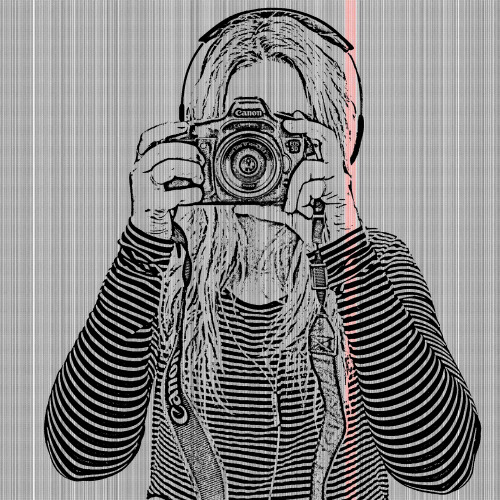
My name is Sonya Louise and I’m an artist.
This work is part of a larger series currently in development at tbC. tbC is a youth based art collective that champions the idea that young creatives can claim professional status as artists – despite their age and career standing. This image is 1m sq and was taken with a Canon 5D III, altered in Photoshop and output as a Giclee print. A fine ‘mesh-like’ layer of text adds a colloquial dialogue about ‘What it’s like to be young’.
http://tbcaustralia.org
Please consider following PHOTODUST on Twitter and Instagram.
I accumulate photographic imagery as a form of data collection. I take this data and extract components, such as pixels, and then stretch and warp the components through a filter.
The destruction of the image as a generative strategy is a response to a personal narrative. Patterns emerge, there is order within chaos within order, and things are gained and lost.
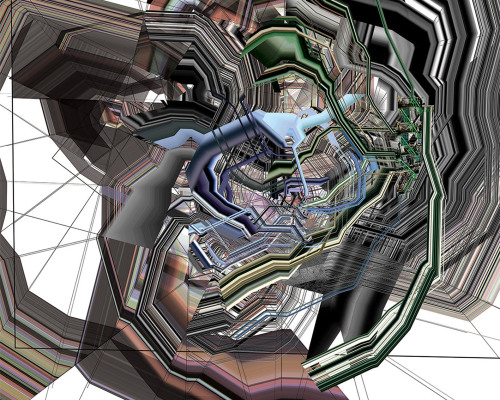
Burley Stairs, 2015
For the most part of the year, Lake Gairdner is void of life. Its environment is so harsh that even sand flies avoid it.
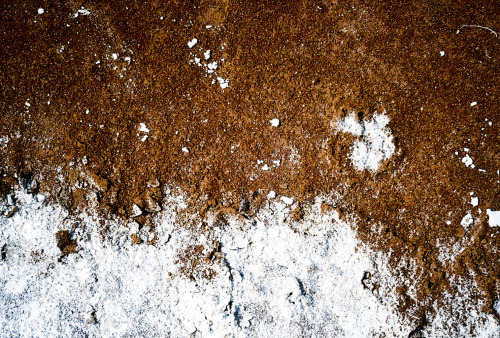
— Marcelle Bradbeer
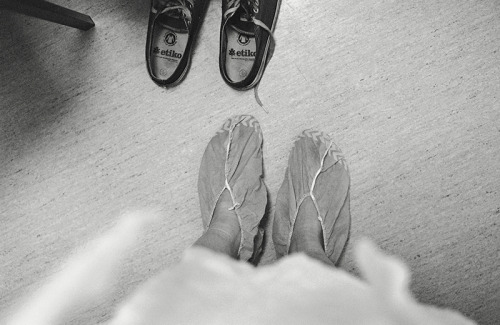
Pulleys and Thread is an ongoing series documenting my experience of having a preventative mastectomy due to being a BRCA2 gene carrier and having a high risk of cancer.
The photographs are shot on my phone, with 35mm film and digital SLR.
Choreographer/Dancer and screendance artist Dianne Reid met Melinda Smith in 2010 during the production of Perfectly Imperfect—a play about issues surrounding disability and parenting. This was the first time Melinda, who has Cerebral Palsy, had experienced dancing out of her wheelchair and the beginning of a dance mentorship with Dianne that has developed into a duet performance practice. Since then they have performed together in India and Sweden, created the full-length work Unbecoming (2014) which was then developed as part of Dance Interrogations (a diptych) in 2015. Dianne has made her own creative responses to their practice with the making of a series of short screendances. A Beautiful Day (2012) is a collage of the beginnings of their collaboration, the result of a creative development project for Melinda mentored by Dianne.